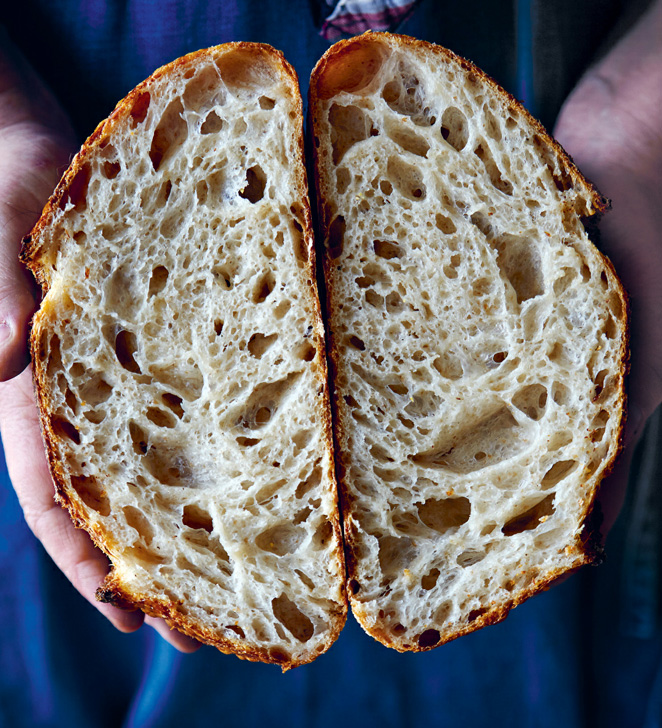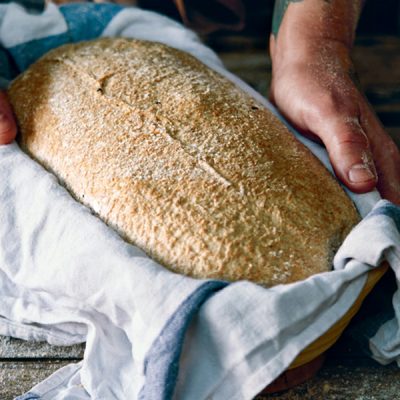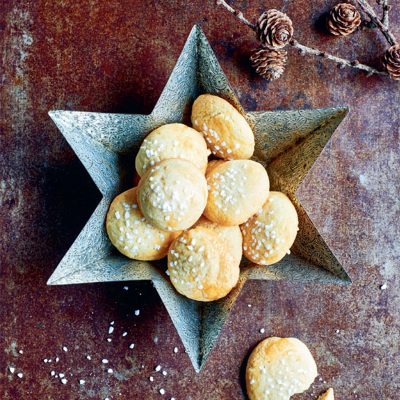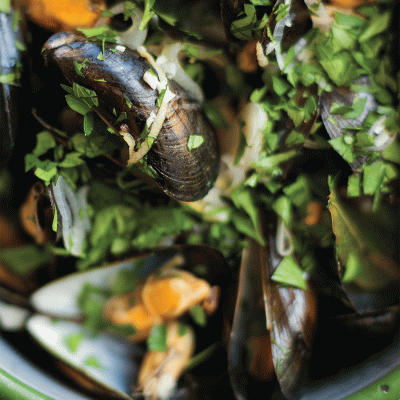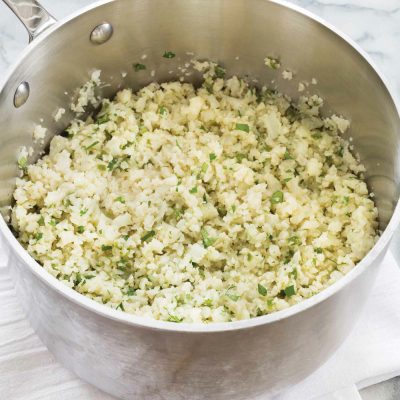Ingredients
-
225 g Leaven
-
825 g Water
-
800 g strong white Flour
-
200 g stoneground Wheat Flour
-
10 g non-diastatic Malt
-
20 g fine Sea Salt
Directions
Steps
|
1
Done
|
Once you have mastered the classic sourdough boules, you might start to wonder how you can get larger holes – what bakers refer to as a more open crumb structure. This is achieved through minor changes to several factors in the basic formula, including mixing well in the beginning to develop the gluten and adding more water. So this is the higher hydration version of the basic loaf. |
|
2
Done
|
Generally, the more water you add, the more open the crumb. A common phrase you will hear bakers using is ‘the wetter, the better’. This is not strictly true, as you can over-hydrate flour and end up with a sloppy batter. To avoid this it is best to add more water just a little at a time. The French term for this is Bassinage. There isn’t a direct English translation, but it means water that is worked into the dough in small increments during the bulk fermentation. A traditional technique, it involves setting aside some of the water and mixing the dough slightly firm in the first place. By doing this you develop the gluten in a stiffer dough and then ‘let it down’, with the remaining water. Many domestic bakers misunderstand and add additional water, and it is a disaster. You will likely get flour soup! |
|
3
Done
|
So please, take note! The water is reserved from the total and added in later. |

